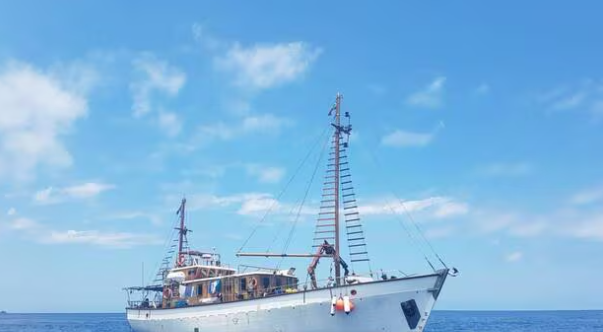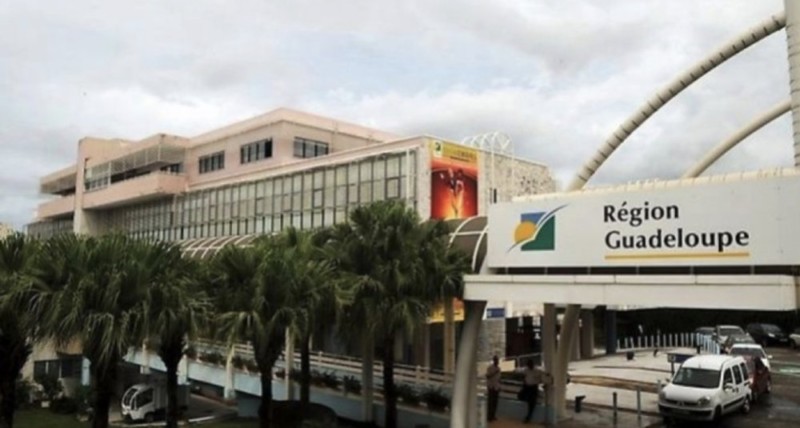The Government of the Comoros and the international scientific consortium Nekton have launched an exploration operation in the Mozambique Channel, from the surface down to 900 meters deep. A first mission is currently underway.
Comoros Launches International Mission to Explore Seabed and Support Marine Protected Areas
From October 6 to November 6, the international mission “First Descent: Comoros”, led by the Government of the Comoros and the Nekton international network, is taking place aboard the R/V Angra Pequena, a 22-meter research vessel operated by the local Wildlife Program. Seventeen Comorian researchers, along with several international experts, are on board.
As part of the R-POC program (Reinforcement and Protection of Oceans), this exploration initiative aims to expand knowledge of Comorian waters and their resources. “We want this expedition to serve as a decision-making tool, a lever for creating marine protected areas, and a strong signal ahead of COP30 in Brazil (November 10–21),” said Abdourahaman Ali Mroivili, Secretary-General of the Comorian Ministry of Environment.
This tripartite collaboration combines advanced scientific expertise with local knowledge, which will be directly shared with communities and economic actors reliant on the territory. Remotely operated vehicles (ROVs), baited cameras (stereo-BRUVs), and a multibeam echosounder are being deployed in mesophotic zones (from 30 meters) and deep areas (up to 900 meters) of the Mozambique Channel. All data and samples collected will remain the property of the Government of the Comoros, which sees this mission as an opportunity to assert its scientific sovereignty.
“This mission reflects a growing awareness of the ocean’s essential role in addressing biodiversity and climate crises,” added Abubakar Ben Mahmoud, Comorian Minister of Environment.
Particular attention will be given to the coelacanth (Latimeria chalumnae), locally known as Gombessa, through field studies and documentary analyses to develop a strategy for assessing its populations and habitats. This emblematic species of the Comoros has been protected since 1989.
Source: lemarin



